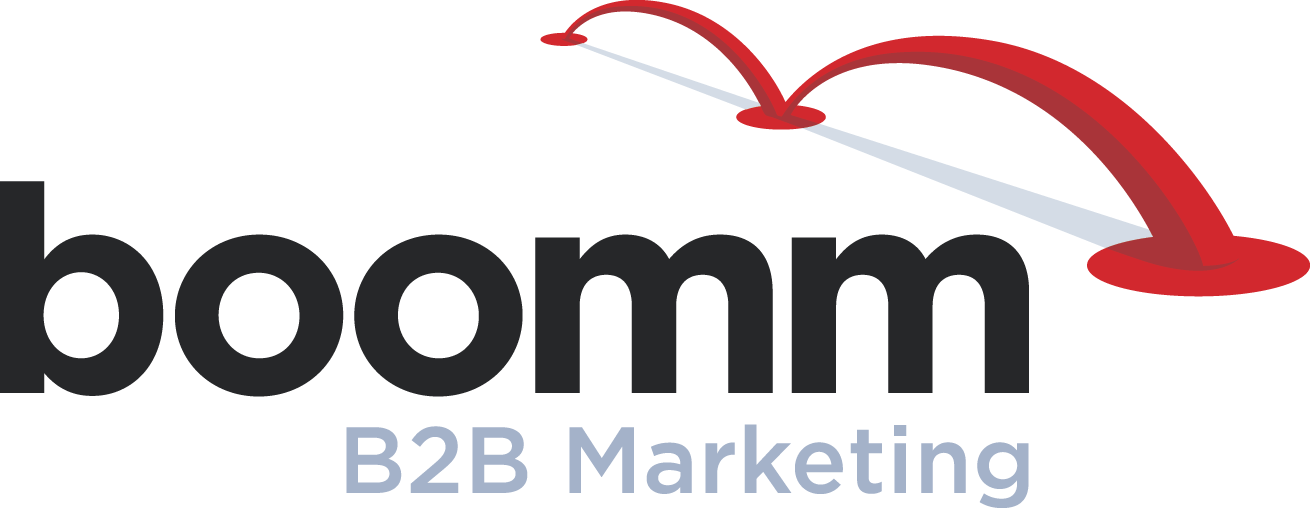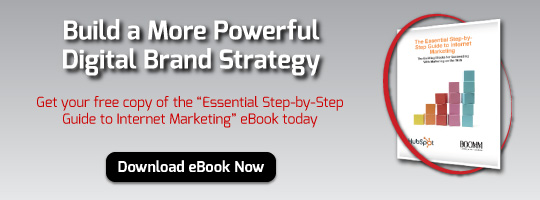B-to-B Internet Marketing: How to Nurture Leads with Email Marketing
 According to industry research, 70% of your leads will end up buying something from you or one of your competitors, but they won’t do it right away! Companies that use B-to-B Internet marketing to build relationships with their leads over time have the greatest success in turning leads into customers by staying top-of-mind until the lead is ready to buy.
According to industry research, 70% of your leads will end up buying something from you or one of your competitors, but they won’t do it right away! Companies that use B-to-B Internet marketing to build relationships with their leads over time have the greatest success in turning leads into customers by staying top-of-mind until the lead is ready to buy.
Lead nurturing is the process of developing that relationship with your potential customer by sending targeted, relevant and valuable messages to them in a timely manner. The end goal is to get your leads to “raise their hand” and self-select into further engaging with your business. Here are some email marketing best practices that you can use to nurture leads effectively.
List Building
- Create opt-in opportunities. Make sure your lead generation forms allow your website visitors to enter their email address and opt-in to receive your messages.
- Give people a reason to opt-in. Whether it’s a landing page for an ebook or a newsletter subscription form, make sure you give people a compelling reason to opt-in. What’s so valuable about your ebook? What interesting and unique information will they receive in your email newsletter? Be explicit and phrase the benefits in terms of your recipient.
Sending
- Stay relevant. What was your lead interested in? Did they read your blog article on “How to Get Your Business Listed in Google Places?” Send them an email with more resources targeted to their interests.
- Get personal. Use a name and email address in the “from” line of your email that your recipients will recognize. Personalize the message so the recipient remembers how and why they came to your website. For example, start with “Thanks for subscribing to our blog!”
- WIIFM? Make sure that your message adds value. Get into the mind of your recipient and ask, “What’s In It For Me (WIIFM)?” Are you emailing them just to tell them how great your product is? Or are you offering to help solve a problem they’re facing? Make the value clear in both the email body and the subject line.
Converting
- What do I do here? When someone opens your email, make it clear what they’re supposed to do. Is it to click to read a blog article? Download a free ebook? Include a call to action that links to a landing page where the recipient can convert again and self-select to engage with you further.
- The landing page is part of your email campaign. Email marketing doesn’t stop with a click. Your landing page is an extension of your email, and it is where your conversion takes place. Make sure your email offer and landing page flow so the lead will know that they have reached the right page.
Measuring
- Click-Through Rate (CTR) measures response. Of the people you emailed, how many of them clicked through to your landing page? The CTR can give you a sense of how compelling your offer and email messages are. Open rate is an increasingly unreliable metric, as more email clients do not load the images necessary for tracking who opened an email. Focus instead on how many clicks your email received.
- Unsubscribe rate measures annoyance and spam. There will always be some people who do not want to receive your emails anymore, but you want to make sure your unsubscribe rate does not exceed 5%. If your unsubscribe rate gets this high, check on your opt-in policies and procedures to make sure you’re only emailing subscribers who want to receive your messages.
- Conversion rate measures actions. The final step is conversion, so measure how many of those clicks turned into reconversions on your landing page. Test different landing pages to improve the conversion on your website.
Lead nurturing is all about developing relationships with your leads, so keep in mind that this does not have to be limited to email communication. Think about how you can communicate with your leads via social media or another platform they use.



